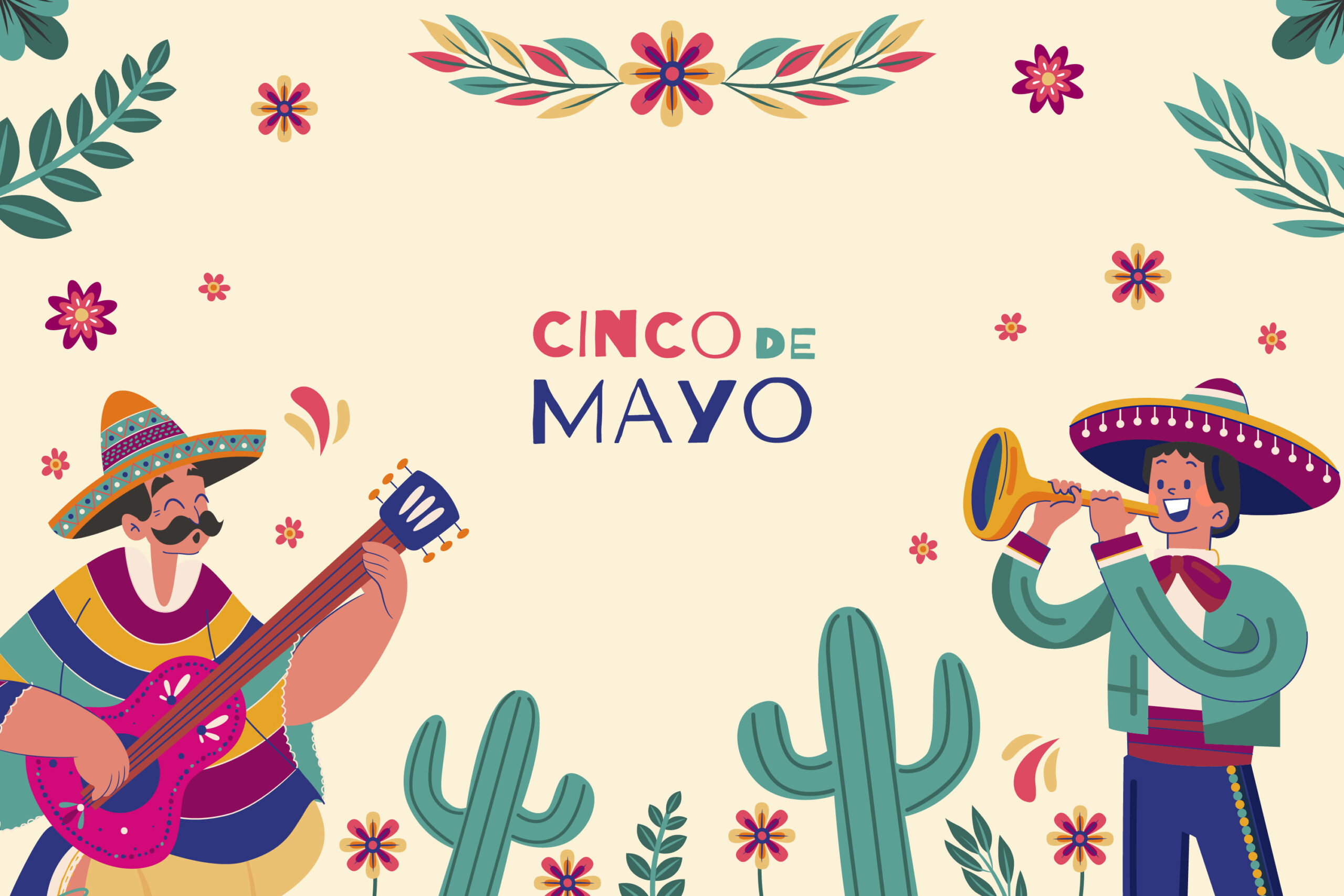- ACTIVITIES
100 Very Best White Lie Party Ideas


Cinco de Mayo is one of those holidays that many Americans recognize, yet not everyone knows the story behind it. While it is widely associated with festive food, bright decorations, and lively music, its roots go back to a moment of incredible resilience in Mexican history. Over the years, the holiday has grown and changed, becoming both a cultural celebration and a chance to honor heritage. Today, communities across the United States embrace Cinco de Mayo as a day to celebrate pride, learn about history, and enjoy traditions old and new. Here are ten detailed facts that explain the history, significance, and evolving spirit of the holiday.
Cinco de Mayo commemorates the Battle of Puebla, which took place on May 5, 1862. During this battle, General Ignacio Zaragoza led a smaller and less equipped Mexican army against French forces that were considered one of the strongest military powers in the world at the time. Despite the odds, Mexico won the battle. This victory became a powerful symbol of determination and unity during a difficult period in the country’s history.
Although many people think Cinco de Mayo marks Mexico’s independence, the two events are very different. Mexico’s Independence Day is celebrated on September 16 and honors the moment the movement for independence from Spain began in 1810. Cinco de Mayo specifically recognizes the victory at Puebla and the spirit of resistance it represents. It holds more regional significance within Mexico but has become widely celebrated in the United States.
Cinco de Mayo has been celebrated in the United States for more than 150 years. The earliest documented celebrations were in the 1860s, when Mexican miners in California came together to honor the Battle of Puebla. These gatherings were small but meaningful. They included music, speeches, and community pride, and they helped introduce the holiday to a broader audience.
In Puebla, the holiday remains an important cultural event. The city hosts parades, battle reenactments, and community celebrations that honor the bravery of the Mexican soldiers. Locals dress in traditional clothing, and schools often participate in educational activities that highlight the historical significance of the battle.
As Mexican Americans settled across the country, especially in the Southwest, they brought their customs and celebrations with them. Cinco de Mayo became a way to connect with culture, strengthen community bonds, and share heritage with others. Over time, large cities like Los Angeles, Chicago, and San Antonio began hosting festivals and cultural events that helped the holiday gain national attention.
In 2005, the United States Congress passed a resolution acknowledging the significance of Cinco de Mayo. The resolution encouraged Americans to observe the day through educational programs, cultural celebrations, and community activities that honor Mexican history and promote understanding. This recognition helped strengthen the holiday’s place in American culture.
Many classrooms across the country use Cinco de Mayo as an opportunity to learn about Mexican history, traditions, and contributions. Teachers may introduce activities that explore the story behind the Battle of Puebla, showcase Mexican art and music, or share traditional foods. These lessons help students understand the deeper meaning of the holiday beyond the festivities.
Across the country, cities and towns celebrate Cinco de Mayo with parades, street fairs, concerts, and cultural performances. Local groups may organize folklórico dances, mariachi performances, craft workshops, or heritage exhibits. Some communities use the day to highlight Mexican American achievements and contributions in areas such as art, music, literature, and public service.
For many families, food is one of the most enjoyable parts of the celebration. While traditional dishes vary by region, favorites often include mole poblano, tacos, enchiladas, pozole, and tamales. Restaurants join the celebration with special menus that highlight traditional flavors and regional specialties. Cooking together also becomes a meaningful way for families to pass down recipes and cultural traditions.
Beyond all the festivities, Cinco de Mayo holds deeper meaning for many Mexican American families. It represents strength, unity, and cultural identity. The holiday provides an opportunity for people to celebrate their heritage, reflect on their history, and share traditions with future generations. It also encourages communities to come together and appreciate the vibrant cultural influence that Mexican Americans bring to the United States.
Cinco de Mayo began as a remembrance of a single historical victory, but over time it has grown into a celebration of culture, pride, and community. The holiday continues to evolve as families and communities create new ways to honor their heritage while keeping the history alive.
Whether you celebrate by learning about the Battle of Puebla, cooking a favorite dish, joining a festival, or simply appreciating the culture around you, Cinco de Mayo remains a meaningful reminder of resilience and the richness of Mexican American history.